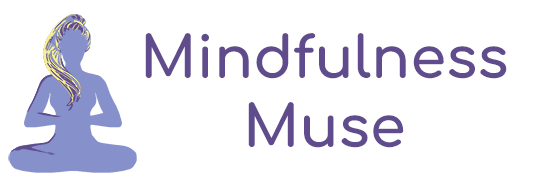How to Discover Automatic Thoughts

“The forceps of our minds are clumsy things and crush the truth a little in the course of taking hold of it.” – H.G. Wells
A key piece of Cognitive Behavioral Therapy’s (CBT) foundation rests upon the idea that thoughts, feelings, and behaviors are intertwined in a complex dance. The idea is that if we begin to change our thoughts, a change in our feelings and behaviors will follow. This concept also applies to changing feelings or changing behaviors to see results in the other aspects of our thinking-feeling-behaving triangle. For now, let’s focus on our thoughts.
Events on their own do not have innate emotional content – it is our interpretation of events that causes our emotions. In CBT, this is represented through the “ABC” model of emotions. Let’s explore a real-life example, adapted from the CBT workbook Thoughts & Feelings (McKay, Davis, & Fanning, 2007) of how we can use the ABC model of emotions to discover our automatic thoughts. Note the complex way in which a negative feedback loop occurs, moving us quite quickly between our automatic thoughts, feelings, and physiological sensations.
ABC Model of Emotions
A: Event: The car doesn’t start.
B: Thought: “This is terrible! I’m going to be late – plus, this is a dangerous street. This is scary.”
C: Feelings: Heart starts pounding, beginning to feel hot, sweaty or lightheaded – experiencing feelings of anxiety.
B: Thought: “I’m really scared … I might even get mugged – this is bad.”
C: Feelings: Stomach tenses up, difficulty breathing, sense of fear.
B: Thought: “I’m really freaking out … I’m losing control.”
C: Feelings: Powerful adrenalin rush. Sense of panic.
This is an example of a triggering event that is likely to cause an intense rapid movement between automatic thoughts, feelings, and physiological responses. Most of us have experienced some kind of scary event that might seem similar to this. While we cannot control the behavior of other people and many external events around us, we can control our response to people and events – and even to our own internal self-talk.
Characteristics of Automatic Thoughts
Automatic thoughts occur as fast as lightning, like a reflex that we have no control over. If they happen so quickly and suddenly, how can we begin the process of discovering them and ultimately exerting control over them? Automatic thoughts tend to have the following characteristics:
(1) Appearing in shorthand
It might even be an automatic thought composed of a brief phrase, such as “can’t stand it,” “stupid,” or “no good.”
(2) Almost always believed
Even when they seem completely “illogical” we tend to really buy into their validity and power.
(3) Experienced as spontaneous
We tend to believe these automatic thoughts frankly because they are so automatic – perhaps even unnoticed.
(4) Should, ought or must
We often torture ourselves with shoulds. How often do you have these types of thoughts?
(5) Tendency to “awfulize“
These are the automatic thoughts that lead us to seeing danger at every turn and predicting catastrophe.
(6) Persistent themes
Depending on our individual circumstances and personality, we have different “themes” to our automatic thoughts.
(7) Differ from public statements
We usually have the sorts of automatic thoughts that are different from what we actually say to others.
The first step to being in better control of our unpleasant emotions is to be able and willing to listen to our automatic thoughts. If we refuse to acknowledge them or if we completely cave into them, we are relinquishing opportunities to learn about ourselves and how to better regulate our emotions. Automatic thoughts can even come as flashes of images that may be tricky to catch.
Try noticing the next time you experience a sudden shift in how you are feeling or behaving. What thought just went through your mind right then? This takes practice, but since we are having automatic thoughts throughout our daily experiences, we have an abundance of opportunities to discover them.
Try keeping an automatic thought record for one day just to see what you notice. Write down the specific situation, a brief description of your feelings, and what you were thinking just before and during the unpleasant feeling. What do you notice? It is helpful to begin to notice patterns in specific situations and triggering events, so that we may better predict our tendencies. Through this awareness of patterns and prediction of tendencies, we can begin to gain mastery over feeling more confident that we can effectively manage our daily lives.
– – – – – – – – – – – – – – – – – – – – – – – – – – – – – – – – – – – – – – – – – – – – – – – – – – – – – – – – – – – – – – – – –
McKay, Davis, & Fanning. (2007). Thoughts & feelings: Taking control of your moods & your life. Oakland, CA: New Harbinger Publications, Inc.
Featured image: sky is cracking by kainet / CC BY-SA 2.0

Very informative